In 2023, more women shop online than in-store, so if your marketing strategy does not target female consumers, this could impact the growth of your business. So, put yourself ahead of your competitors by following our tips on marketing to females successfully.
First, let’s explain why it’s vital that you optimise your marketing strategy to reach a more comprehensive portion of the female demographic.
Worldwide, women control £16 trillion in annual consumer spending. In other words, women drive a large segment of consumer purchasing decisions, dominating the landscape.
Furthermore, the purchasing power of women is increasing. So why do many brands use outdated tactics for marketing to a female demographic?
For example, as soon as some businesses aim to reach a female audience, they immediately opt for the colour pink for their packaging, branding, or general content. But this 1950s approach isn’t effective now (it hasn’t been for a long time!) and is considered heavy-handed and old-fashioned.
Businesses that want to attract female consumers must strip away stereotypes and become aware that one size doesn’t fit all. They must be inclusive. The world has shifted, and the female demographic has evolved.
Women support brands who recognise this change!
Don’t allow your business to get left behind.
Here are top strategies to target women and other ways you can successfully build or adapt your brand to ensure it resonates with female consumers.
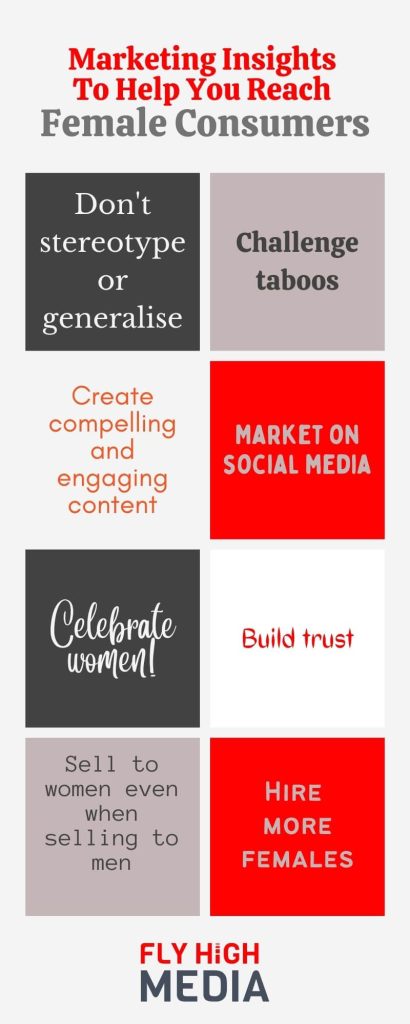
Don’t stereotype or generalise
When you create a message, don’t expect it to “speak” to everyone. Equally, if you create a message specifically for women, be aware that only some females will connect with it.
For example, a mother with two children living in the city may have different values and needs than one living in the countryside.
Females are not a homogeneous group. You should approach your marketing thinking about the human element rather than their gender.
Narrow your marketing demographic, focusing on other key areas, such as age, industry, hobbies, and so on. This will help you to consider their desires and needs and create campaigns that will be effective.
To summarise, you must embrace inclusivity, including those who identify as women, helping you to reach a wider audience and propel your business into today’s world.
Urban Outfitters is an example of a business that tries to be inclusive in its campaigns.
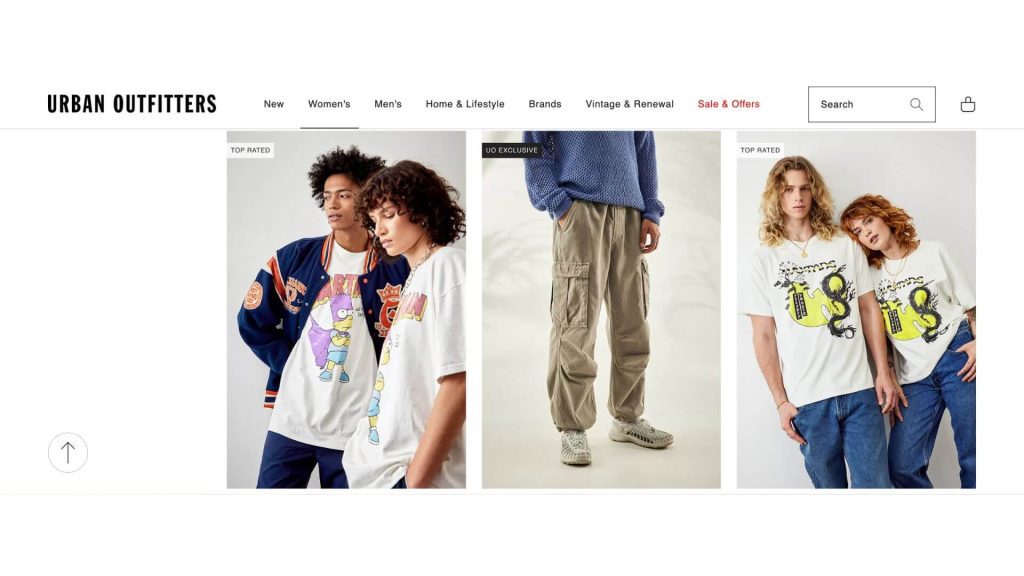
The retailer is obviously still targeting its content to a specific audience, but a lot of its clothes are designed for women and men interchangeably. This approach helps to encourage flexibility when it comes to different body types, which can support people struggling with their body image.
Challenge taboos
Astonishingly, a lot of brands still ignore unsexy topics. Don’t be one of them!
Periods, ageing, and menopause are normal and should not be treated as anything to be ashamed of.
To really put yourself ahead of your competitors and demonstrate to your audience that you support women (and not just their sex appeal!), break through these social stigmas. Focus on the positives while recognising and accepting the awkward to create a safe and welcoming community.
In 2019, Pantene launched a campaign to celebrate grey hair and encourage people to embrace it.
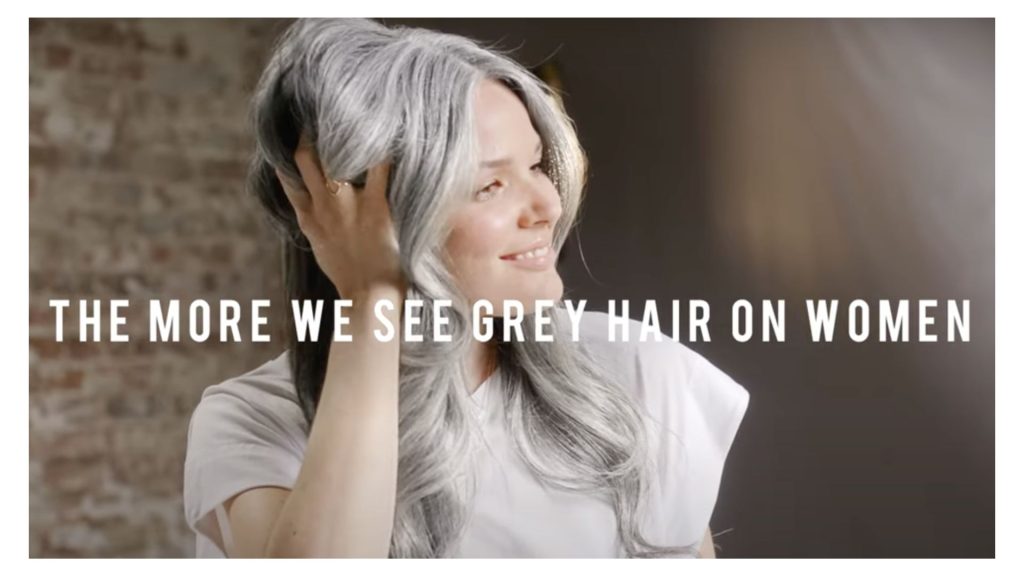
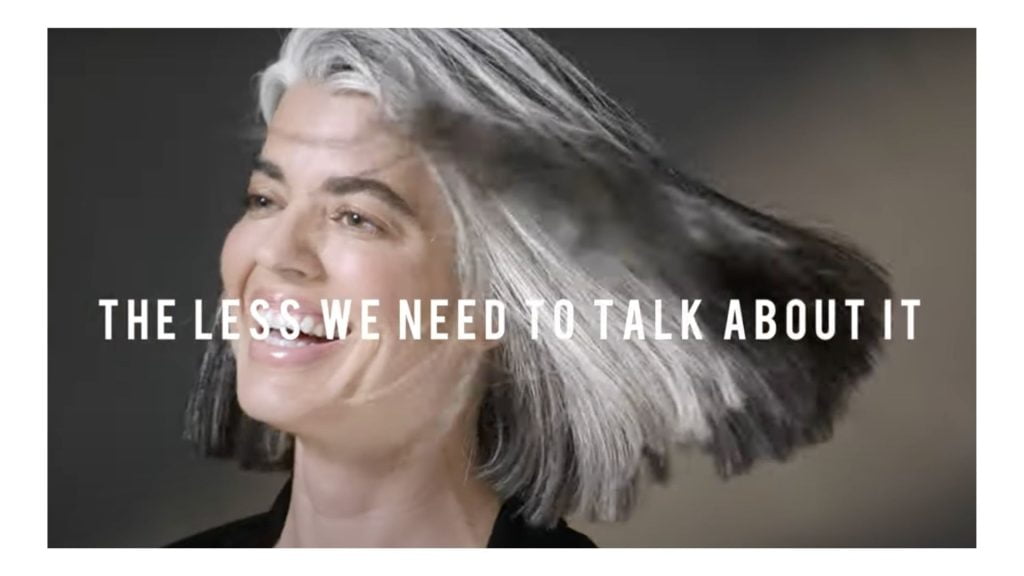
Grey hair is natural, something that occurs when we age; however, for a long time, women (and sometimes men, too) have been covering their silver tones most likely because of its association with old age and the media’s negative view of it.
A lot of brands constantly push us to look younger as if youth and beauty come hand in hand. This can impact people’s confidence, forcing them to dye their hair and hide their natural traits.
Thankfully, ads like Pantene’s ‘Power of Grey’ get people questioning their beliefs and to recognise inequality. These types of positive ads empower women to embrace their unique features, which builds their confidence and helps to diminish outdated stereotypes.
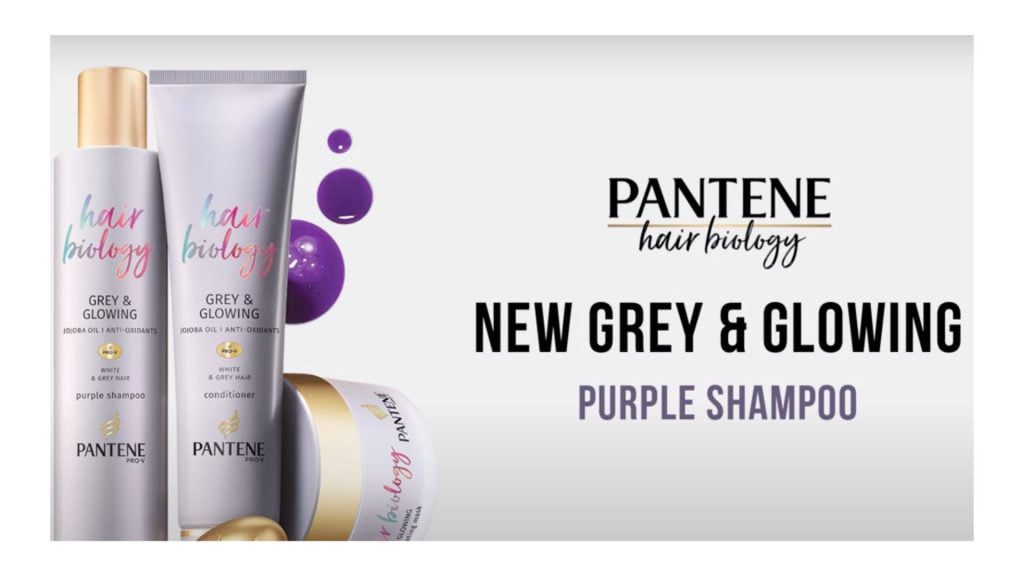
Market on social media
More and more women, particularly female millennials (women born between 1981 and 1996), are using social media to discover new brands. So if your business strategy doesn’t involve social media, you’re missing out on a big slice of the market.
Currently, the popular social media platforms that women use or shop on are TikTok, Instagram, Facebook, and YouTube.
Brands in the fashion or beauty industry benefit from these platforms because many people like to explore visual content, such as photos and videos, as it helps them take in the values and message of a business, brand, or product easily and quickly.
Also, women appreciate a textural view of products, which visual content enables.
Different social media platforms cater to a diverse audience, which is why you must understand the target audience for each to create tailored content.
Social media platforms bring people together, so using social media marketing correctly will help build a community around your brand. Millennial women can connect with it easily and may become an advocate.
Female influencers attract female audiences, helping to build trust and credibility.
Remember, women multiply sales – they are usually the driving force behind a purchase and tend to influence their female friends.
Create compelling and engaging content
When creating any campaign, think about the emotional sell. Emotion is key to building long-lasting relationships with your customers, both women and men.
You should also use humour to get people talking about your content. For one, most people can absorb information in a short space of time if humour is involved.
Secondly, humour can be used to broach “uncomfortable” subjects like the ones previously mentioned.
Avoid brandsplaining! You cannot control what your audience wants or needs.
Instead, choose language carefully for your female-focused content. Women don’t need to be “fixed”, so ensure your message is constructive, not critical. We will cover more on this in the next point!
Before we do, consider the message that the Royal Air Force (RAF) imparted in their ‘No Room For Cliches’ campaign, the 2018 winner of Channel 4’s Diversity in Advertising Award.
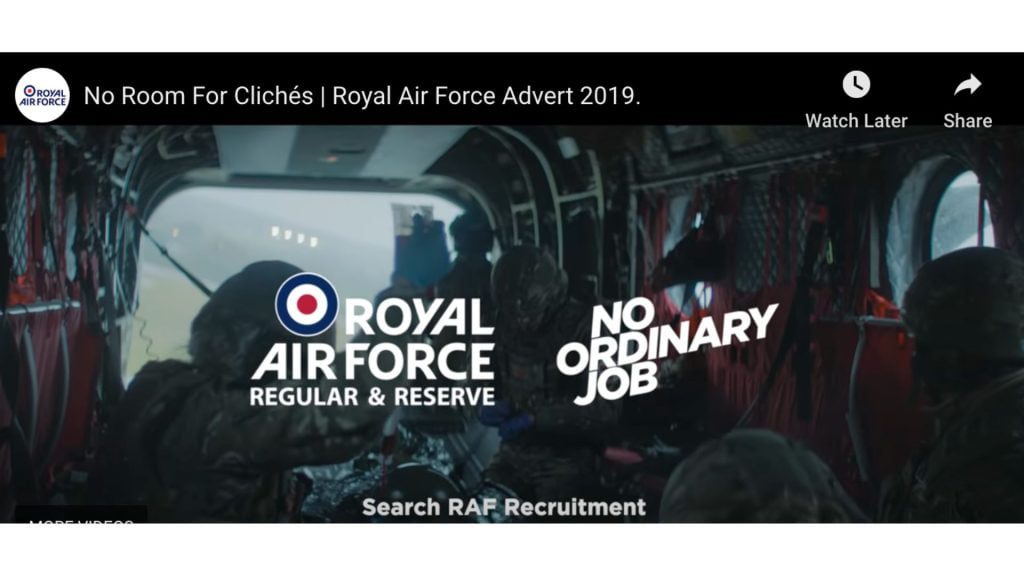
The air and space force used humour and juxtaposition to amplify the condescending cliches that are often used in adverts targeting women.
“Fine lines and wrinkles? I want to combat the signs of ageing.”
“Strong healthy hair: what’s my secret?”
“With my busy life, I don’t have time to slow down.”
“I can’t believe we turned up wearing the same thing!”
“I want a lip gloss that can stay on whatever life throws at me.”
“All-day protection, now with wings, so I can handle anything.”
These cliches suggest that a female’s priority is how she looks, which is patronising and undervalues women. They also demonstrate the sexism that still exists, i.e. proposing that women won’t be able to handle anything if their sanitary pads don’t have wings.
The RAF advert balances humour (the ridiculousness of sexist cliches) with real life (the reality of the RAF).
Additionally, the campaign was very significant because the British Armed Forces finally allowed females to serve in all combat roles, a progression that was long-awaited.
Celebrate women
Integrate women’s stories in your messages and brand. This will help females connect to your business more emotionally because of shared challenges, successes, and tribulations.
As mentioned, don’t tell women they aren’t perfect, need to improve, and so on. Marketers used to express this message by telling women to buy products to be prettier or slimmer. However, sexism has evolved into sneaky sexism, and an example of this is when some marketers tell women to improve internally instead of externally.
‘Be braver’ and ‘be stronger’ are terms often thrown around, basically telling women to be more.
Not all females want to be told this. Your messages should be empowering but not condescending or critical.
If you want to ensure your business successfully “speaks” to women, create campaigns to uplift and celebrate them! Additionally, embrace females of diverse backgrounds with all their “flaws”.
Build trust
No matter your business’s industry or audience, you need to build people’s trust.
To do this, listen to your customers’ feedback. Conduct email marketing to regularly keep in touch with your customers and send questionnaires/surveys to determine their thoughts about your services/products.
Actively engage with your customers. Encourage them to leave reviews. Give them a reason to want to talk positively about your business.
Women are likely to trust a brand if they have many positive reviews, particularly from females with similar interests or needs.
Fearne Cotton is an excellent example of an influencer that effectively builds trust with her audience.
She often talks about her mental health and struggles with depression, difficulties that a lot of people experience but shy away from discussing because these topics are sometimes considered taboo.
The ‘realness’ of Cotton resonates with many people, reaching them via various channels, such as the Happy Place app and social media platforms like Instagram.
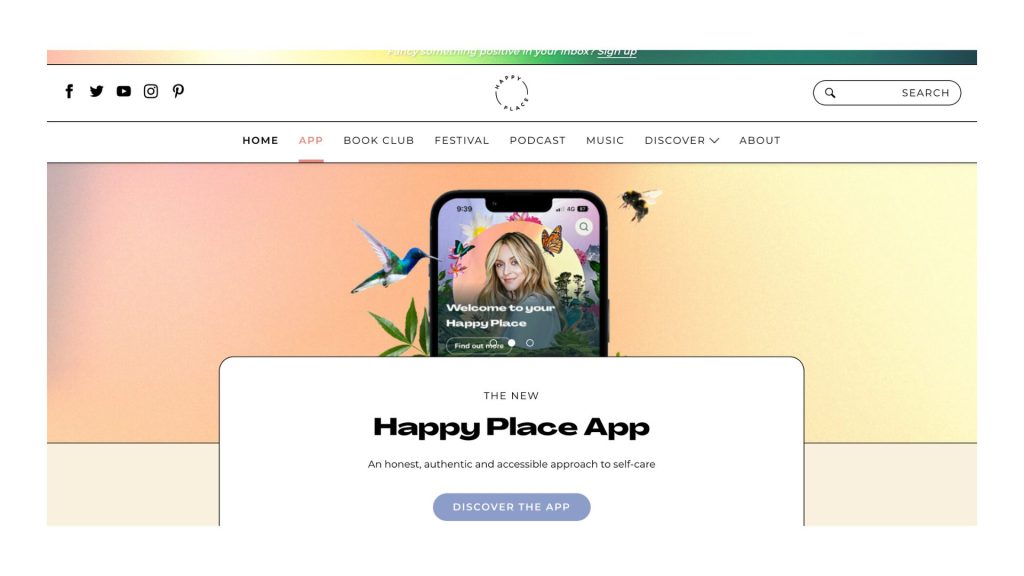
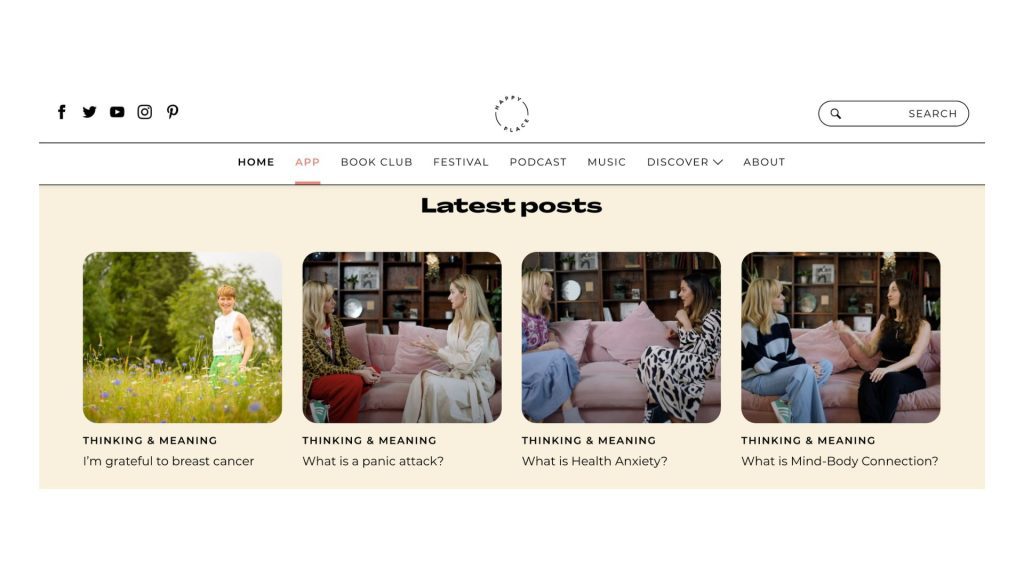
Her openness and ability to discuss unfiltered topics combined with her unique style have helped build her personal brand.
In 2023, she also partnered with Nobody’s Child, promoting self-empowerment through fashion.
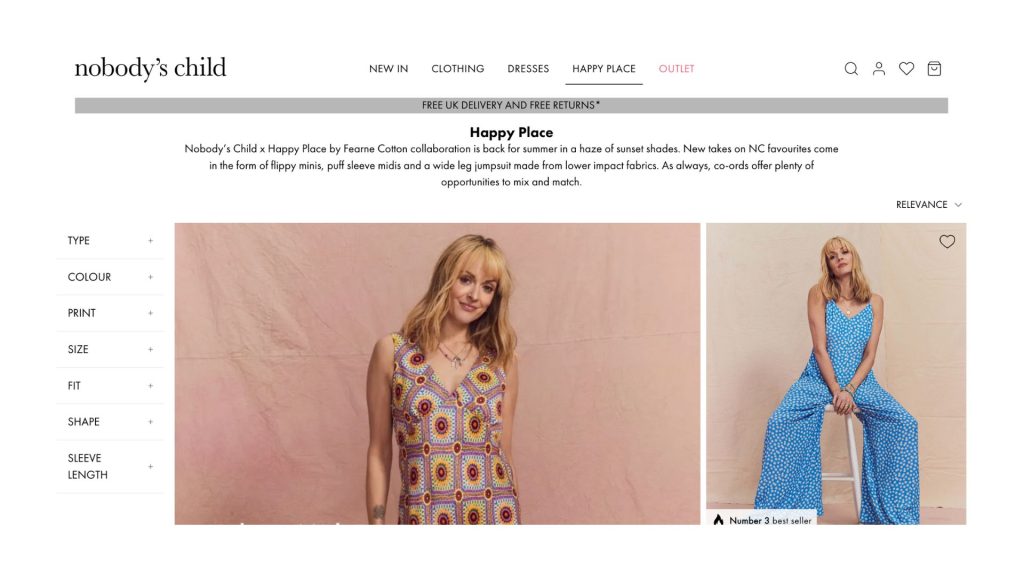
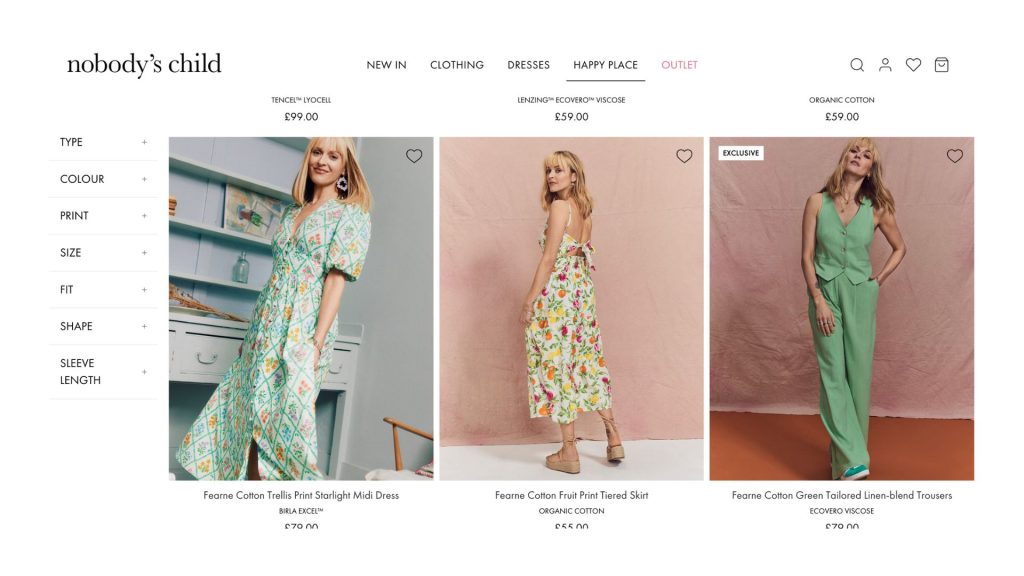
Sell to women, even when selling to men
Whilst these tips to reach a female audience are useful for businesses in the beauty or fashion industry, they should also be implemented in other campaigns, including those created for men’s brands. Why?
First, a lot of females buy men’s products for themselves, so you shouldn’t just target your campaigns to a male audience.
Also, when men research products, women often assist them with this.
Lastly, women buy gifts for men, so your ads and messages need to appeal to the buyer, not just the recipient.
Your aim shouldn’t be to make your campaigns more “feminine” or “masculine” but more androgynous. You should blend the characters commonly perceived to appeal to both females and males and use them to build the foundations of your brand, products, and marketing strategy.
Once again, we look at Urban Outfitters. Its gender-free fragrance caters to everyone.
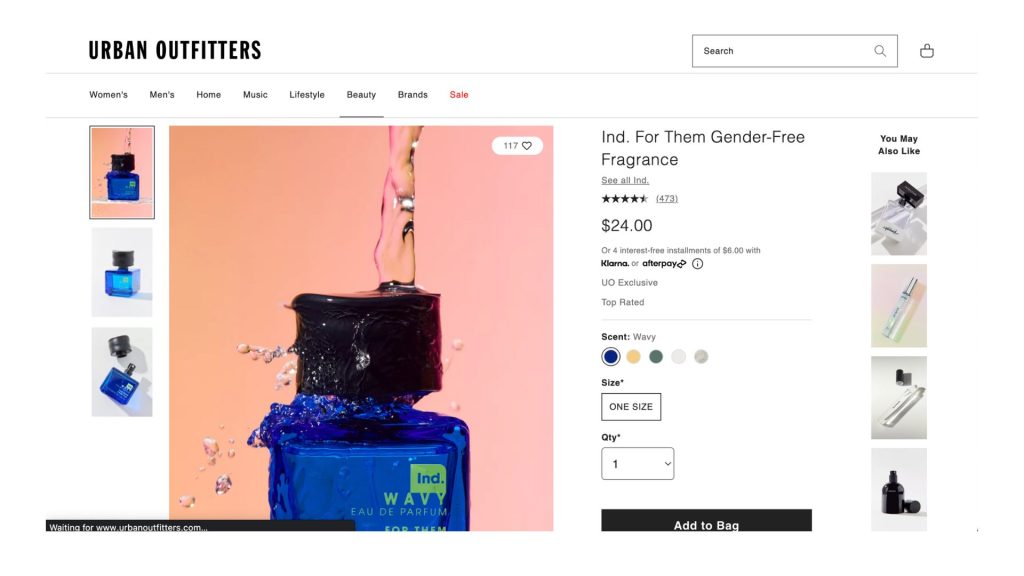
Hire more females
To achieve what we’ve covered in this blog and help you market to females, hire more women.
Hire females from diverse backgrounds, opening your business to the knowledge and understanding of gender differences on a human level rather than from one perspective. This will help you to effectively empower women, which, in turn, will build your brand.
After reading this blog, you may have questions like “What is social media marketing?”. If so, contact Fly High Media today. We offer various services to boost businesses’ online presence, helping them reach their target audience.

